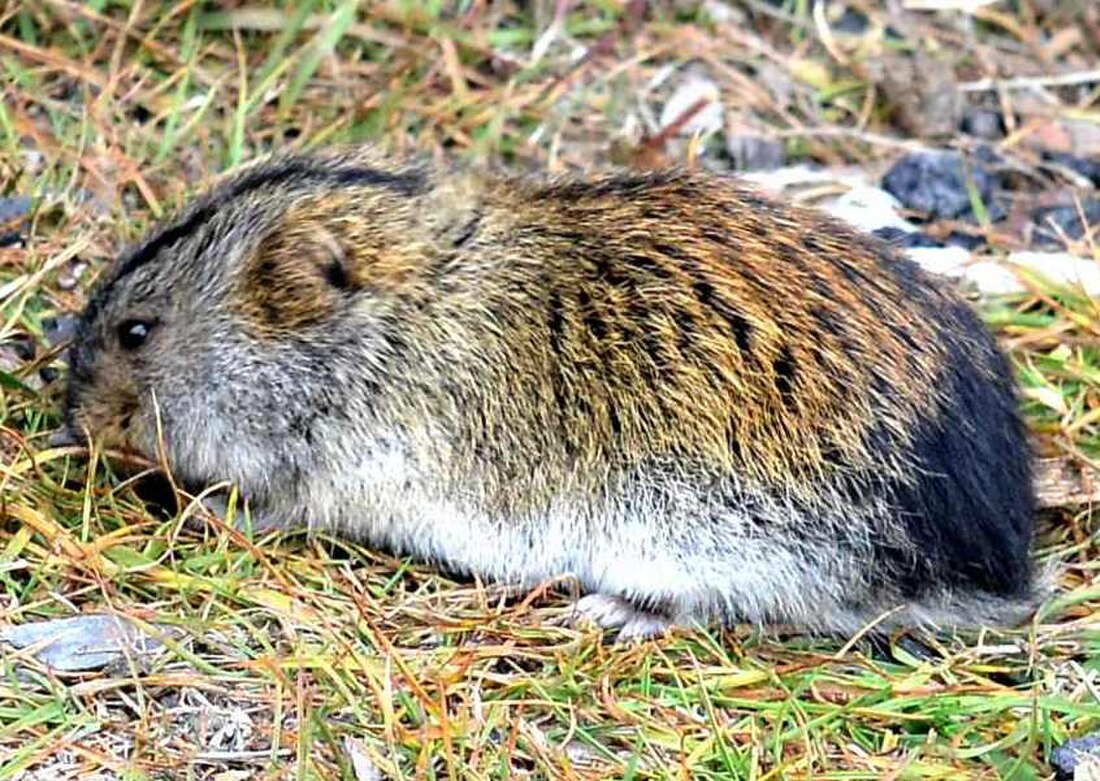Top Qs
Timeline
Chat
Perspective
East Siberian lemming
Species of rodent From Wikipedia, the free encyclopedia
Remove ads
The East Siberian lemming, Eastern Siberian brown lemming, or Ognev's lemming (Lemmus paulus) is a species of lemming endemic to Russia, where it has a disjunct distribution throughout parts of Siberia east of the Verkhoyansk Range.
Remove ads
Taxonomy
It was formerly thought conspecific with the West Siberian lemming (L. sibiricus), which replaces it west of the Verkhoyansk Range, with both species being previously classified together as the Siberian brown lemming. Some populations were also previously classified as populations of the Amur lemming (L. amurensis). More recent genetic studies found both the eastern L. sibiricus and the northern L. amurensis together represent a distinct species.[1][2] The results of these studies were accepted by the American Society of Mammalogists.[3]
Remove ads
Distribution
Summarize
Perspective
There are several disjunct populations; one is found from the Verkhoyansk Range east to the Kolyma River, including the New Siberian Islands; it is largely replaced by the Beringian lemming (L. nigripes) east of this region.
Another population is found south of the aforementioned northern population, being distributed from southern Yakutia and western Khabarovsk north to Magadan; this population was formerly classified as a subspecies of the Amur lemming, L. a. ognevi, or as its own distinct species, L. ognevi. Another population is found throughout most of the Kamchatka Peninsula (this population was also formerly classified as a subspecies of the Amur lemming, L. a. flavescens, or as its own distinct species, L. flavescens) although a disjunct population of L. nigripes is also present in the southern section of the peninsula.[1]
Finally, an isolated population is present on Wrangel Island. This population was previously included as a subspecies of L. sibiricus by Jarrell and Fredga in 1993, while Chernyavskii (also in 1993) regarded it as a separate species, L. portenkoi. However, phylogenetic studies support it being a population of L. paulus.[4]
Remove ads
References
Wikiwand - on
Seamless Wikipedia browsing. On steroids.
Remove ads

